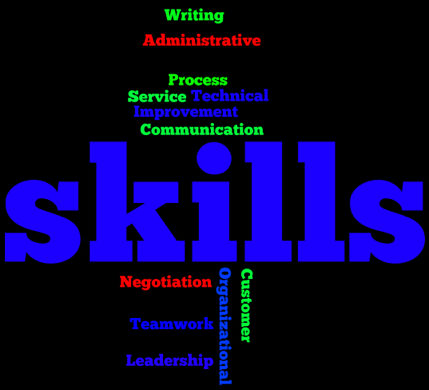 Every time I come across someone’s suggested story formula, I ask myself whether the structure could be applied in job-search stories. Most of the time, they can, and I’ve written about many of them.
Every time I come across someone’s suggested story formula, I ask myself whether the structure could be applied in job-search stories. Most of the time, they can, and I’ve written about many of them.
Here’s another one posed by Marc Stoiber on MediaPost, along with my italicized comments on how each step could apply to a story told in, say, a job interview:
Foreboding — a vague sense that something isn’t right: You begin to sense a problem in your workplace that needs attention.
Triggering event — a moment that causes us to act: The problem comes to a head, and you decide to take action.
Epiphany — the curtains draw back and we see clearly: You figure out the best action to take.
Reconciliation — we act to bring reality in line with our vision: You take action to solve the problem.
Transformation — we grow based on the experience: You improve your workplace and develop yourself as a a valuable contributor.
Return and responsibility — we bring our new wisdom to daily life: You apply what you learned as a result of solving this problem to your everyday work life.
Meanwhile, on Glassdoor.com in an article called The Myth Of Transferable Skills, Liz Ryan complains about job-seekers who submit meaningless lists of their “transferable skills” in job-search communications (resumes, cover letters, applications, and more). “People are not actually ambulatory sets of disembodied, abstract skills,” Ryan writes. “Describing ourselves as packages of skills is about the worst way imaginable to get a hiring manager excited about us.”
Ryan protests that hiring managers have no reason to trust job-seekers when they say they have certain transferable skills. A hiring manager’s concept of a given skill could be very different from that of the candidate claiming to possess that skill. The hiring manager has no way of know how a claimed skill will manifest itself in diverse situations. Lists of skills a cliched. “Everyone claims the same ten, done-to-death skills (Communication, Negotiation, Teamwork, Organizational, Writing, Leadership, Technical, Administrative, Customer Service and Process Improvement),” she writes. “We won’t make our mark sounding like every other skill-toting job seeker in the pack.” Perhaps worst of all, lists of transferable skills lack context.
The solution to all these issues, of course, is to tell stories that put transferable skills in context and describe how the job-seeker deployed them. “We need powerful stories to convey our power, battle-tested and concrete, to the person who’s reading our resume,” Ryan says. Further:
Stories, in contrast to skills listings, are loaded with context. We’ll tell the reader about that business dragon we slew (a cost overrun in Production, or a drop-off in attendance at our teleseminars) with plenty of detail about the situation we faced as we brought that dragon down. That’s when our job-search pitch has power! … Trumpeting our fabulousness sans context, proof or relevance is a waste of time. Use your stories, instead, to make it clear how you’ve made a difference for your employers in the past.
I talk about transferable-skills stories and give examples in my book, Tell Me About Yourself, starting here.
